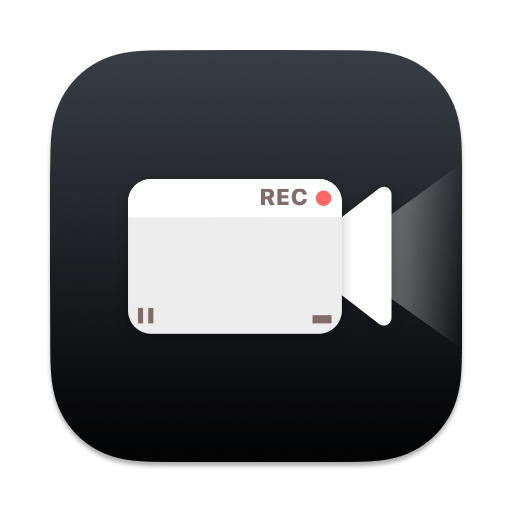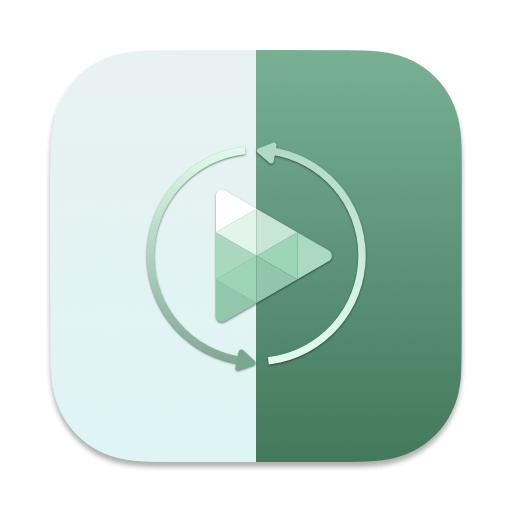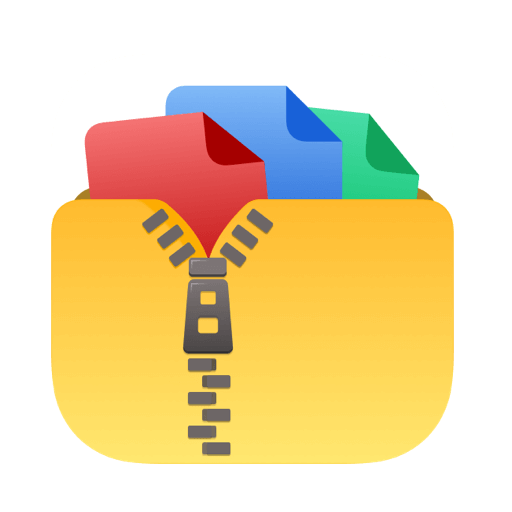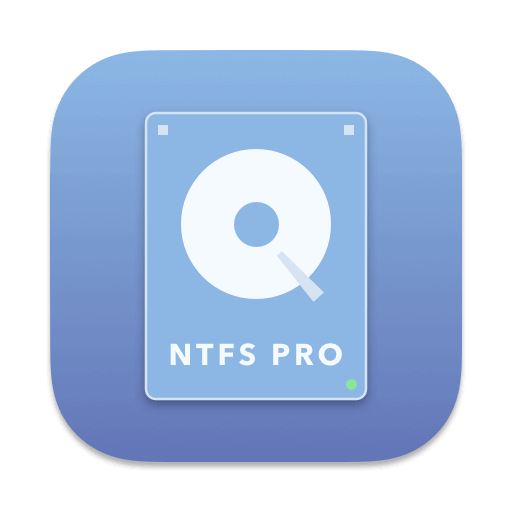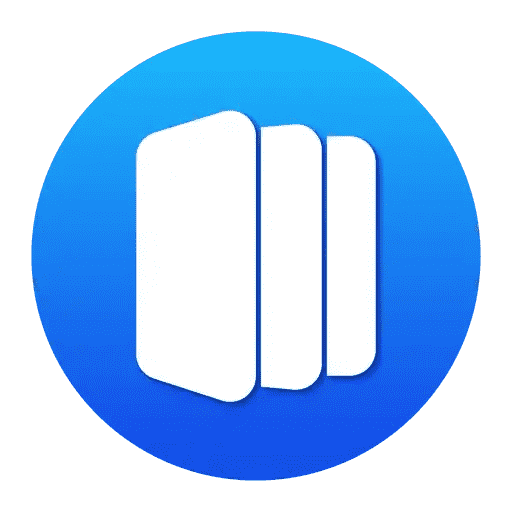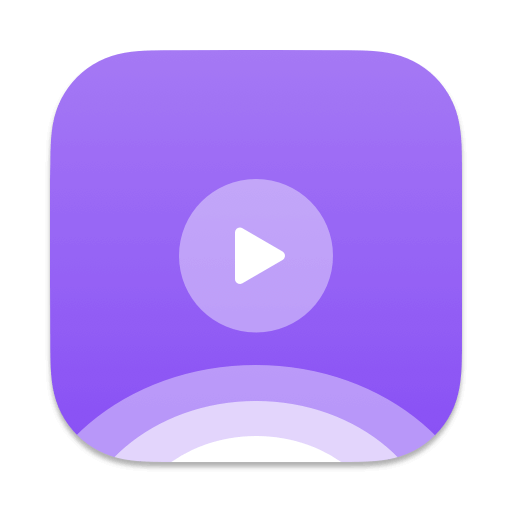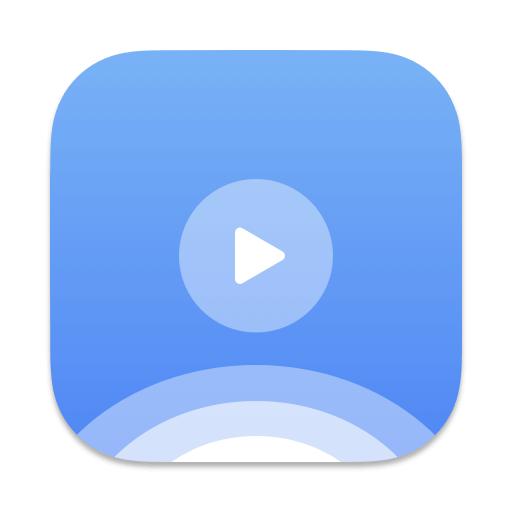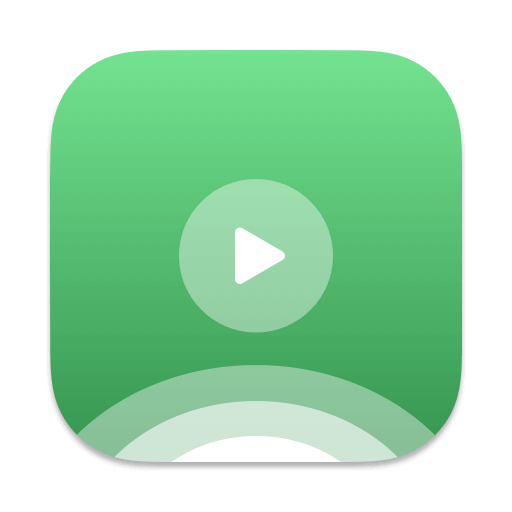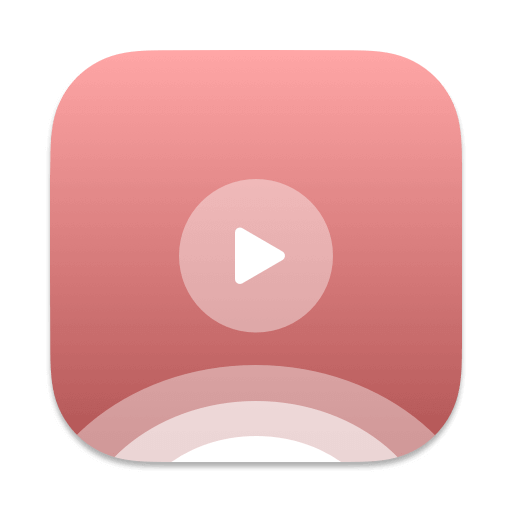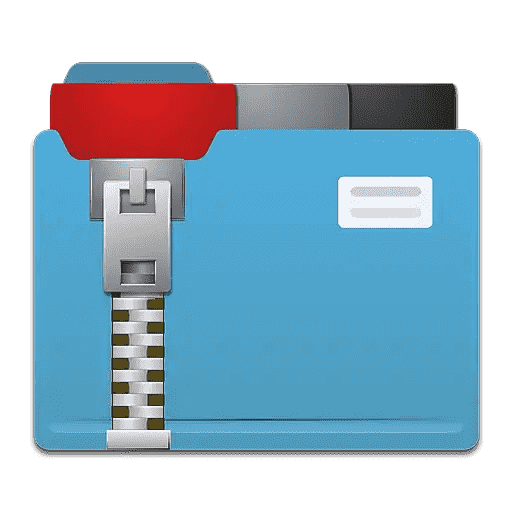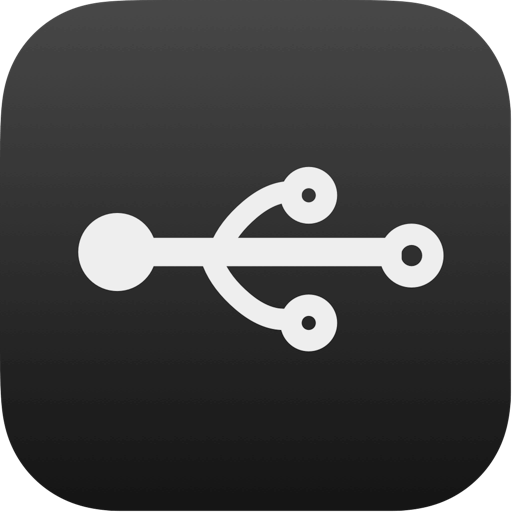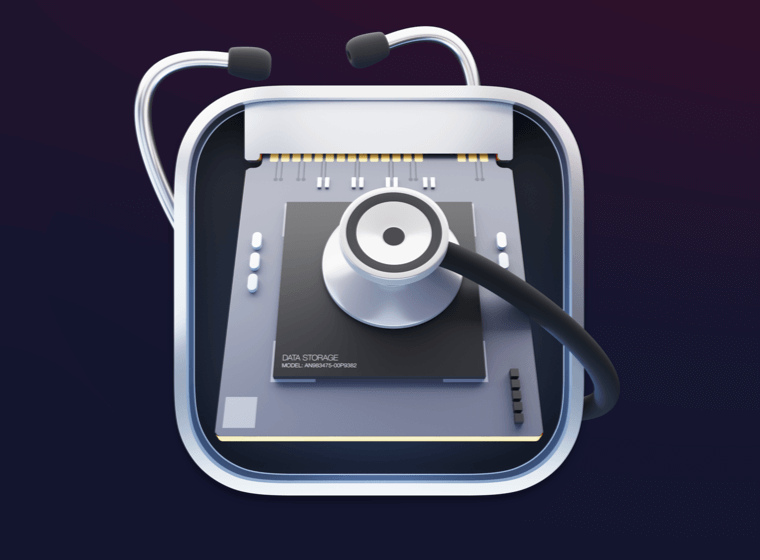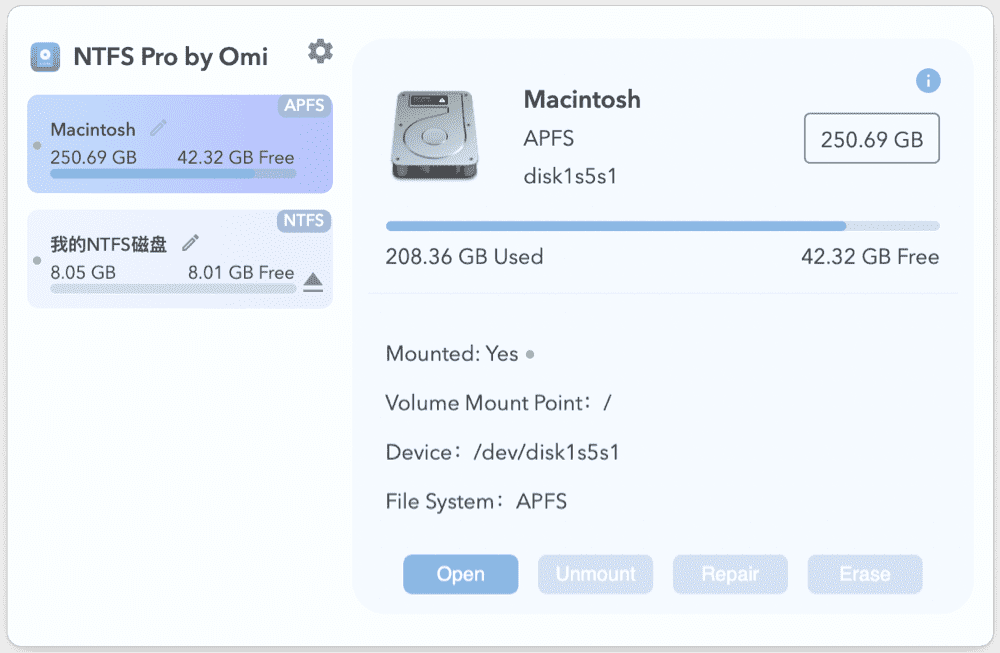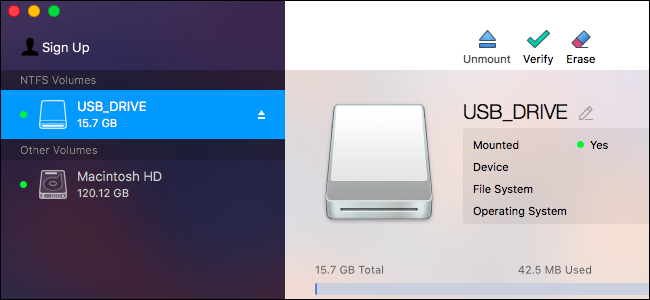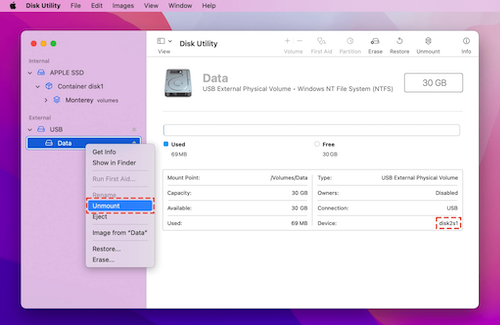How to enable the NTFS to write on Mac Monterey?
If you upgrade to Monterey, you might have questions similar to the following:
How to fix the NTFS external drive read-only on macOS Monterey?
How can the NTFS read/write function be enabled on macOS Big Sur or Monterey?
How to enable NTFS to write support on M1/M1 Max/M1 Pro Mac?
How do I make my Mac NTFS writable?
Can macOS Monterey write to the NTFS disk?
How can I activate NTFS for free on Mac?
How do I change my Mac to NTFS?
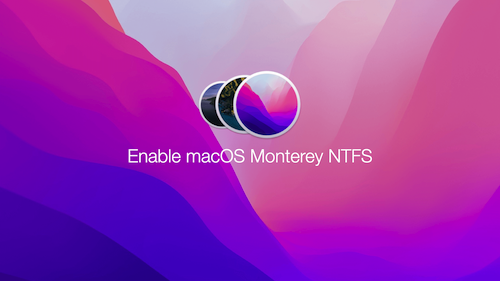
The new macOS 12.0.1 Monterey has been released. There are a lot of new features in this new version. But as usual, it does not support NTFS disk. NTFS has been used in windows by Micros Soft since 1993. And NTFS is not an open-source file format, so Apple is tired of supporting this file system by guessing the interface; after macOS 10.13, Apple did not support NTFS by default.
How to write to the NTFS disk drive on macOS Monterey?
Third-party NTFS drives
Omi NTFS Disk Pro, Free. This is the reason you should try first. Best Free Windows NTFS Disk Management App for macOS. It supports Apple Silicon M1, M1 Pro, M1 Max, and M2 chips. Also, it has supported macOS since 10.13. It can mount/unmount NTFS drive, read/write/copy/paste/edit files in NTFS disk. Unlike all the other NTFS apps, it is free and provides additional features. You can even repair and format the disk in the app.
![]()
NTFS for Mac by Paragon Software is another excellent app for NTFS drive, but the price is very high; I would not suggest you buy directly; maybe have a trial first. And remember, only one NTFS app can be used on your Mac, so please try first.
![]()
Tuxera NTFS for Mac is the one that is even more expensive than Paragon; the feature is very similar. So I would not suggest you try this one.
And there are a lot of 3rd party NTFS apps, but most of them are paid apps. The reason is nobody has the document or NTFS interface from Micro-Soft; developers need to put a lot of effort into debugging and find a way to support this on macOS.
Using the command line to enable writing to NTFS drives (Does not work on macOS 13.0 Ventura)
Yes, you can enable this with some simple command lines in Terminal. But it is very complex; I will list the steps below. Before you try, an alternative way to have this is by installing Omi NTFS Disk on Mac Store. Omi NTFS Disk on Mac Store is the same as the below command line, but you need to install the app; it will do everything for you.
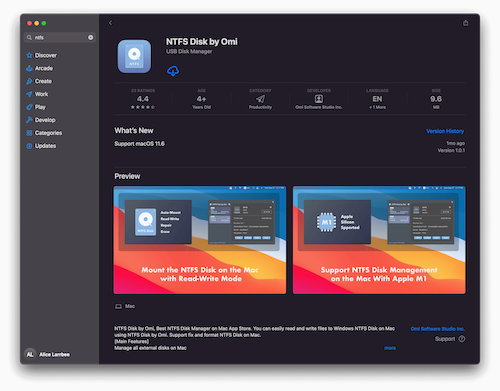
What is the difference between the store version Omi NTFS Disk and Omi NTFS Disk Pro installed on the website?
I would suggest the Pro version; since the Store version, you can not open the disk in the finder; you need to open it in the Omi NTFS App.
The command line is the same as the Omi NTFS Disk, but you can try a DIY with the command line if you are a geek.
Open Disk Utility in your Application -> Utilities Folder
Right Click on your USB Drive and select "Unmount"
![]()
Open Terminal in your Application -> Utilities Folder
In this Terminal Console, input the below commands (Remember to replace the "disk2s1" section with the identifier of your NTFS drive):
diskutil list
sudo mkdir /Volumes/disk2s1
sudo mount -t ntfs -o rw,auto,nobrowse /dev/disk2s1 /Volumes/disk2s1
![]()
After this command, you might need to input your mac login password or admin password. And after that, you still can not find your disk in your finder. But you can use the Finder -> Go -> Go to Folder, and type "/Volumes" in the search box, then you will find your disk.
Format your NTFS drive to exFAT or APFS
exFAT is supported by Windows & macOS, so this is the option you can choose, backup your files on an NTFS drive and format them to exFAT format. Erase the drive with Disk Utility. There will be an option for the disk format. Choose ExFAT.
If you are using the disk for macOS, choose the APFS, which is apple's file system.

